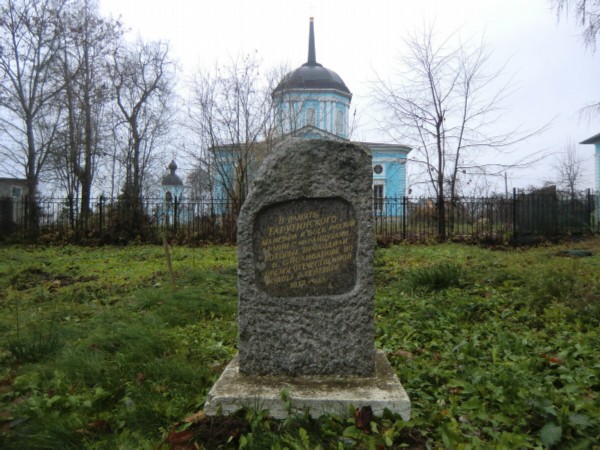
Estate of Polivanovo. The master’s house in the lime park
In the village of Polivanovo, Podolsk district, there is an old manor complex – a manor house, the Annunciation Church, wings, a park with a linden alley. The settlements on the site of Polivanovo have been known since the 12th century. This is how the ancient burials located here are dated. These lands became the ancestral domain of the Polivanov family, descended from the Tatar Kocheva, who came from the Golden Horde to the Grand Duke Dmitry Donskoy. His great-grandson, Mikhail Glebovich, had the nickname Polivan, from which the name and surname of the village came.

There is a legend that Mikhail was awarded a fur coat by the Grand Duke and, standing in front of the prince, he drank from a goblet and poured it onto the fur coat. Therefore, he received the playful nickname Polivan. In the 16-17 centuries, the Polivanovs were in the public service: governors, stewards, governors. The estate was never sold, but passed on by inheritance. At various times, the estate belonged to well-known noble families: Saltykovs, Naryshkins, Razumovsky, Apraksins, as well as the Gudovichs and Davydovs.

The Polivanovo estate got its architectural look when it was owned by the hetman of Little Russia, Count Kirill Grigorievich Razumovsky (1757). Kirill Razumovsky was the younger brother of Alexei Grigorievich, the favorite of Empress Elizabeth Petrovna. Kirill Grigorievich rose at the expense of his brother. He studied abroad, traveled to Italy and France. Catherine II wrote about him: “He was handsome, had an original mind, very pleasant to handle …”. They loved him at court. In 1746 he became president of the Imperial Academy of Sciences (at that time he was 18 years old).

In 1785, a manor house was erected on a high hill.
This unusual two-storey building with 4 decorative cylindrical towers was built in the classicism style and looks like a castle. The facade from the side of the courtyard was decorated with a portico of the Ionic order of white stone.
The façade from the side of the park is decorated with a loggia with double columns. On the sides of the house there are round towers topped with domes. Inside the towers, there were stairs connecting the 1st and 2nd floors. The floors are divided by a cornice, and the windows are decorated with frame niches.
There is an assumption that the manor house was built according to the project of Vasily Ivanovich Bazhenov. Has Count K.G. The Razumovsky estate in Polivanovo is unknown, since he had many estates. But by his order, a park of 12 hectares was arranged in the estate, 2 ponds were dug, alleys were planted, incl. fruit, white poplar and Siberian larch are planted. The park has a geometrically correct and symmetrical layout.


Now the linden alley has been partially preserved (there are linden trees 40 meters high, 1 meter in diameter), 2 Siberian larches also grow (30 meters high and about 0.8 meters in diameter). In 1871, the Moscow provincial zemstvo opened a teacher’s school in the estate, which was reorganized into a teacher’s seminary 3 years later. The poet Valery Yakovlevich Bryusov, three sons of Lev Nikolaevich Tolstoy, and world chess champion Alexander Alekhin studied here. The teacher of the law at the gymnasium was Archpriest Valentin Nikolaevich Amfitheatrov, who later became one of the most famous priests of the capital.


Between the building of the estate and the Church of the Annunciation of the Most Holy Theotokos, there is the Memory Square, in which the participants of the 1812 war were buried in the 19th century. Above the burial there are 2 larches planted in the 18th century. Nearby there is a monument to the soldiers of the Great Patriotic War of 1941-1945.
In Soviet times, the main house housed a school and an agricultural technical school.
During the war, there was a hospital for the wounded, and after the end of the war, the house was occupied by a hospital. Now this building belongs to a branch of the Moscow Psychoneurological Hospital. Currently, the house is empty and the issue of its restoration is being resolved.











